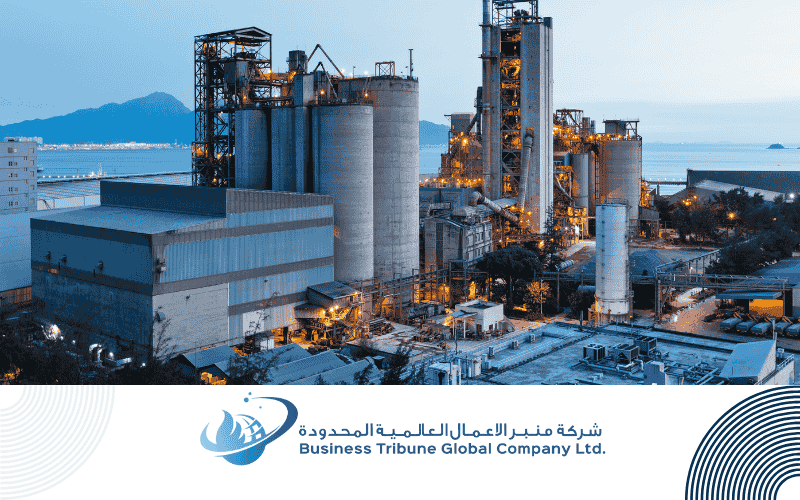Petrochemical Manufacturing in Saudi Arabia
Petrochemical Manufacturing in Saudi Arabia

Introduction
Saudi Arabia has long been synonymous with oil, but its petrochemical sector is now a burgeoning powerhouse in the global chemical markets. As the Kingdom diversifies its economy, understanding and adapting to the evolving landscape of petrochemical manufacturing is critical. This article explores the current state, emerging trends, and the future of petrochemical manufacturing in Saudi Arabia.
Current State of Petrochemical Manufacturing in Saudi Arabia
The petrochemical industry in Saudi Arabia has benefited immensely from abundant and inexpensive feedstock and strategic global positioning. Major players like SABIC have set global benchmarks in production efficiency and innovation. The sector currently contributes significantly to the Kingdom’s non-oil GDP, with extensive exports of polymers and other chemicals.
However, the industry faces challenges such as price volatility of raw materials and international competition. Addressing these challenges requires leveraging technological advancements to enhance production efficiency and product diversity.
Emerging Trends in Petrochemical Technologies
Innovation is at the forefront of the Saudi petrochemical sector's evolution. Key trends include:
- Integration of Artificial Intelligence: AI is being used for predictive maintenance, operational efficiency, and logistics optimization. This reduces downtime and improves supply chain efficiencies.
- Advanced Catalysis Techniques: New catalysts are being developed to increase yield and reduce waste in petrochemical processes.
- Sustainability Practices: With global emphasis on sustainability, Saudi manufacturers are investing in technologies to produce more eco-friendly materials and reduce environmental footprints.
Case Study: Innovation at SABIC
SABIC, one of the world’s leading petrochemical companies, has recently launched a project to use CO2 captured from its processes to produce methanol. This not only helps in reducing greenhouse gas emissions but also turns a waste product into a valuable feedstock. Such innovations underscore the sector’s move towards sustainability and efficiency.
Future Outlook and Predictions
The future of petrochemical manufacturing in Saudi Arabia looks promising but requires navigating several potential hurdles. Continued investment in research and development and adoption of next-generation technologies will be crucial. Moreover, as global standards on environmental impact tighten, Saudi Arabia’s petrochemical sector must align its operations with these standards to maintain its market position.
The government’s Vision 2030 program, which emphasizes economic diversification and sustainable development, is likely to bolster the sector with favorable policies and investments.
Conclusion
As Saudi Arabia continues to expand and innovate within the petrochemical industry, staying ahead of technology and sustainability trends will be key to leveraging new opportunities. The sector is well-positioned to play a pivotal role in the Kingdom's economic future, provided it continues to evolve with the changing global landscape.

